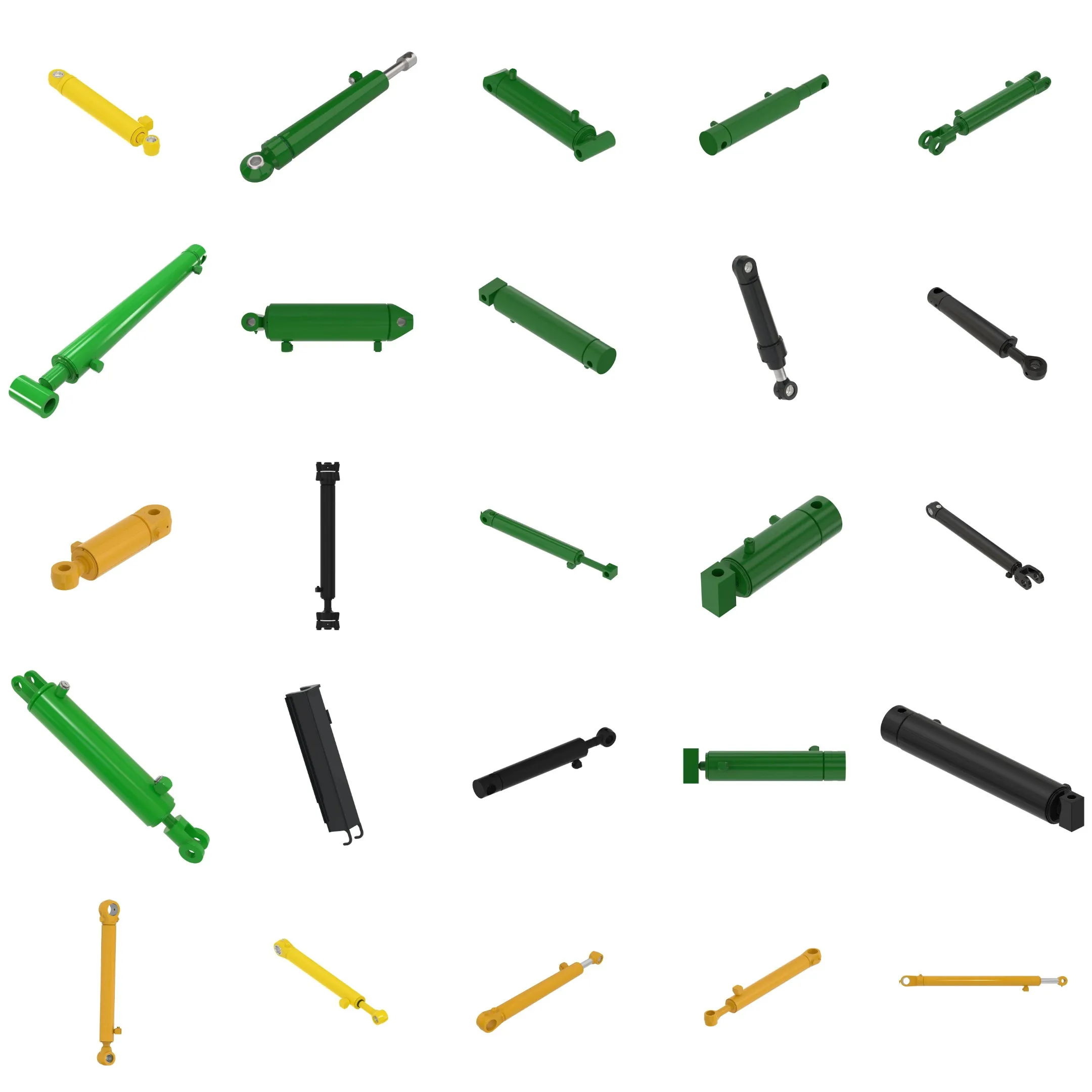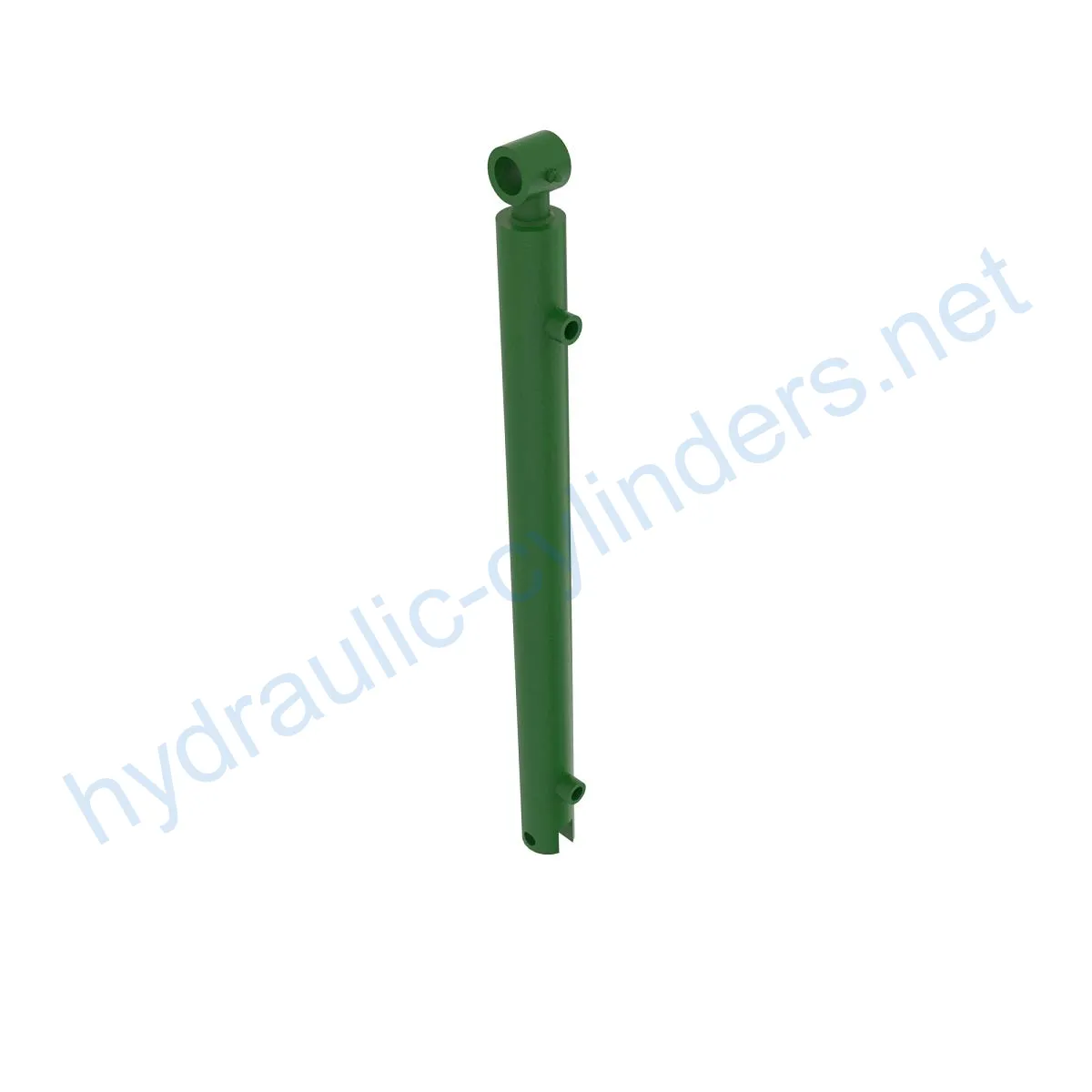Replacement Of DC213169 Hydraulic Cylinder
Като един от производителите, доставчиците и износителите на хидравлични цилиндри, ние предлагаме хидравлични цилиндри и много други продукти.
Моля, свържете се с нас за подробности.
Поща:sales@hydraulic-cylinders.net
Производител, доставчик и износител на хидравлични цилиндри.
Replacement Of DC213169 Hydraulic Cylinder
Firstly, let’s introduce the product and define what this hydraulic cylinder is and its purpose. The Replacement Of DC213169 Hydraulic Cylinder is a crucial component used in various industrial applications. It is responsible for converting hydraulic power into mechanical force, enabling the smooth operation of equipment.
Specifications and Model
The Replacement Of DC213169 Hydraulic Cylinder has the following specifications:
- Weight: 19.98 lb
- Height: 3.7 in
- Length: 30 in
The model of this hydraulic cylinder is 990 C461R V461R.
Features
The Replacement Of DC213169 Hydraulic Cylinder offers several notable features:
- Improved Equipment Performance: Replacing damaged or worn-out hydraulic cylinders can restore the normal operational capabilities of equipment, ensuring optimal performance in various applications.
- Enhanced Safety: Regularly replacing hydraulic cylinders reduces the safety hazards associated with cylinder failures, ensuring the well-being of operators and equipment.
- Overload Protection: Newly designed cylinders typically incorporate better overload protection mechanisms, enhancing safety during operation.
- Quick Installation: Modern hydraulic cylinders are designed for easy installation and replacement, minimizing downtime.
- Standardized Components: Many hydraulic cylinders are standardized products, making it easier to obtain replacement parts in the market.
We are capable of manufacturing this product, offering perfect replacements for hydraulic cylinders in need.
Applications
The Replacement Of DC213169 Hydraulic Cylinder finds applications in various industries. Here are three examples:
- Excavators: The hydraulic cylinders on the boom or bucket of an excavator may get damaged due to prolonged use or overloading, requiring replacement to restore normal operation.
- Cranes: The hydraulic cylinders on a crane’s boom are prone to wear during frequent lifting and lowering processes, necessitating regular replacement to ensure safety.
- Tractors: The hydraulic cylinders on a front-end loader of a tractor may experience leakage or performance degradation during continuous lifting and tilting operations, requiring replacement.
These are just a few examples, and the Replacement Of DC213169 Hydraulic Cylinder serves a wide range of applications in various industries.

Maintenance Tasks
Regular maintenance is essential for optimal performance and longevity of hydraulic cylinders. Here are three common maintenance tasks:
- Regular Inspection: Periodically inspecting the hydraulic cylinder ensures early detection of any issues, allowing for timely repairs or replacements.
- Proper Lubrication: Adequate lubrication is crucial to minimize friction and wear, extending the lifespan of the hydraulic cylinder. Regularly adding the right amount of hydraulic oil is recommended.
- Seal Replacement and Calibration Check: Over time, seals may wear out, leading to leaks. Regularly replacing seals and checking calibration ensures optimal performance.
During installation, it is essential to provide proper guidance on aligning the cylinder correctly. It is recommended to use suitable installation brackets to secure the cylinder. We also offer recommended inspection, repair, and replacement procedures, as well as replacement parts and rebuilding services, to enhance the lifespan of the hydraulic cylinder.
Safety Considerations and Environmental Factors
When using hydraulic cylinders, safety measures are of utmost importance. Proper handling and adherence to safety protocols can prevent accidents and injuries. Additionally, considering environmental factors, such as proper disposal of used hydraulic oil and adherence to environmental regulations, contributes to sustainable practices.
Troubleshooting and Common Issues
Hydraulic cylinders may experience various faults and problems. Here are some common issues:
- Leakage: Hydraulic cylinders may develop leaks due to worn seals or damaged components. Proper inspection and seal replacement can resolve this issue.
- Lack of Power: Insufficient force generation may result from low hydraulic pressure or worn-out components. Checking and adjusting the hydraulic system can address this problem.
- Stickiness or Jerky Movements: This issue may arise from contamination or improper lubrication. Cleaning the cylinder and ensuring proper lubrication can resolve the problem.
For troubleshooting and resolving these problems effectively, it is recommended to consult qualified professionals or refer to the manufacturer’s guides.
Preventive Measures
To minimize potential issues, it is advisable to follow these preventive measures:
- Regularly inspect hydraulic cylinders for signs of wear, leaks, or damage.
- Maintain proper lubrication according to the manufacturer’s guidelines.
- Ensure the correct alignment and installation of the cylinder.
- Adhere to recommended inspection, repair, and replacement schedules.
- Implement proactive maintenance practices, such as monitoring operating conditions and addressing potential issues promptly.

Design Considerations and Selection Criteria
When designing and selecting hydraulic cylinders, several factors should be considered:
- Load-Bearing Capacity: Hydraulic cylinders should be chosen based on the required force for the intended application.
- Sealing and Durability: High-quality seals and materials should be utilized to ensure effective sealing and durability, even in demanding environments.
- Safety: Designing cylinders with adequate safety features, such as overload protection mechanisms, enhances the overall safety of the equipment.
- Maintainability: Easy maintenance and repairability should be considered in the design to minimize downtime.
By considering these factors, the Replacement Of DC213169 Hydraulic Cylinder can meet the specific requirements of various applications.
Sealing and Lubrication
The Replacement Of DC213169 Hydraulic Cylinder utilizes various sealing components, such as piston seals and rod seals, made of wear-resistant materials like polyurethane and nitrile rubber. The cylinder’s body and threaded ends undergo precise surface treatments to enhance wear resistance. Regular lubrication with the appropriate amount of hydraulic oil is necessary to ensure smooth operation and prolong the cylinder’s lifespan.
Periodic Inspection and Preventive Maintenance
To ensure optimal performance and longevity, the following measures should be taken:
- Regularly inspect the hydraulic cylinder for wear, leaks, or other issues.
- Adhere to proper installation, lubrication, and adjustment procedures.
- Provide correct alignment guidance during installation, using appropriate installation brackets to secure the cylinder.
- Follow recommended inspection, repair, and replacement procedures.
- Offer replacement parts and rebuilding services to extend the lifespan of the hydraulic cylinder.
Installation Guide
Proper installation is crucial for the optimal performance of the Replacement Of DC213169 Hydraulic Cylinder. Please follow these guidelines:
- Inspect the cylinder for any damage or defects before installation.
Take a Tour of Our VR Factory:
Take a tour of our VR factory with the following
Hydraulic Cylinder Application:


